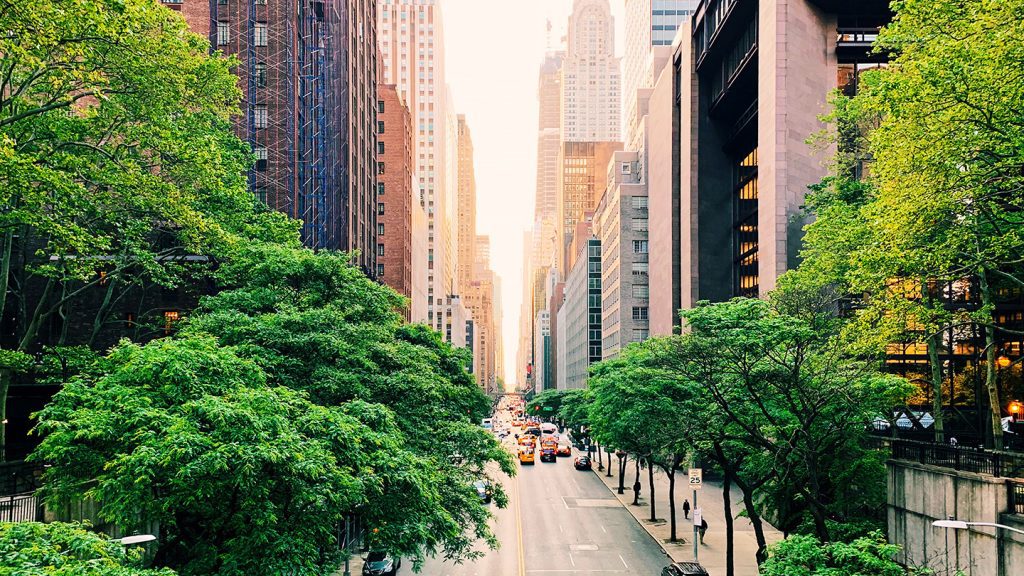In the United States, city areas with mostly white residents have more trees than areas with mostly people of color. A recent analysis has connected this unfairness to a difference in heat-related sickness and death. inequality in heat-related sickness and death, researchers report April 8 in npj Urban Sustainability.
Neighborhoods with mostly people of color have 11 percent less tree coverage on average than majority white neighborhoods, and air temperatures are about 0.2 degrees Celsius higher during summer, urban ecologist Rob McDonald of The Nature Conservancy and colleagues found. Trees already prevent 442 excess deaths and about 85,000 doctor visits annually in these neighborhoods. In majority white neighborhoods, trees save around 200 more lives and prevent 30,000 more doctor visits.
Even though the results are not surprising, the analysis quality is “very high,” according to urban ecologist Steward Pickett of the Carey Institute of Ecosystem Studies in Millbrook, N.Y.
McDonald’s team compared 2020 U.S. census data for 5,723 urban areas across the country with data on tree cover and heat-related mortality and morbidity for those areas. The census data included 180 million people — about half the U.S. population — and the number of people living in majority white and majority nonwhite neighborhoods was a roughly even split.
Trees offer a cooling benefit during extreme heat waves, especially when shade is provided over concrete or asphalt (SN: 10/24/23). Adding more trees in areas that require them could save hundreds of lives, says McDonald, who is based in Basel, Switzerland.
On a very ambitious scale, planting 1.2 billion trees nationwide could prevent about 460 extra heat-related deaths and roughly 81,000 additional doctor visits each year, the team estimates. But even a five percent increase in existing canopy coverage could make a significant difference in cities like Philadelphia or New York City, McDonald says. Both cities currently have millions of trees. “The places that are most suffering from tree inequality are also the best opportunities for new [trees].”
Pickett has previously demonstrated that plans for green infrastructure often leave out the communities that could benefit the most from them (SN: 2/6/23). Inclusivity in planning would help ensure that such communities have a say in the process, he says, and are prepared to maintain both new and old trees.



